Market vs Limit Order Simulator
Executes instantly at the best available price. Guarantees execution but may experience slippage.
- Speed: Immediate
- Price Control: None
- Liquidity Role: Taker
Sets a specific price level. Offers price control but no guarantee of execution.
- Speed: Depends on price reach
- Price Control: Exact price or better
- Liquidity Role: Maker
Quick Takeaways
- Market orders guarantee execution but leave price open to slippage.
- Limit orders lock in a price ceiling/floor but may never fill.
- Order books are the arena where both order types meet liquidity.
- Choose market orders for speed in deep, liquid markets; choose limit orders for price control in thin or volatile markets.
- Hybrid orders (stop‑limit, market‑if‑touched) blend the strengths of both.
Ever wondered why a trade sometimes lands at a price you didn’t expect? The answer lies in how Market Order executes instantly at the best available price in the order book collides with Limit Order waits for a predefined price level before filling. Understanding that clash gives you the power to steer your trades instead of being steered by the market.
What Is a Market Order?
A market order is a trade instruction that says, "Buy (or sell) now, whatever the price is." The broker routes the request to the exchange, where it matches against the best standing limit orders on the opposite side of the Order Book the live list of all limit buy and sell prices for a security. Because it consumes existing liquidity, a market order is often called a “taker”. Execution is nearly instantaneous during market hours, but the exact price depends on how many shares or contracts are available at each price level.
Key attributes of market orders:
- Speed: Execution within milliseconds in modern electronic markets.
- Certainty: The order will fill as long as there is any liquidity.
- Price risk: Slippage can occur, especially in fast‑moving or low‑liquidity assets.
What Is a Limit Order?
A Limit Order specifies the maximum price you are willing to pay for a buy, or the minimum price you will accept for a sell. It sits in the order book until the market price reaches the limit price or better. Because it adds liquidity-rather than taking it-it is often called a “maker”. If the market never touches your limit, the order remains unfilled (or partially filled).
Typical characteristics of limit orders:
- Price control: You set the exact entry or exit level.
- Execution uncertainty: No guarantee the order will ever fill.
- Duration options: Day order, good‑til‑canceled (GTC), or custom expiration.
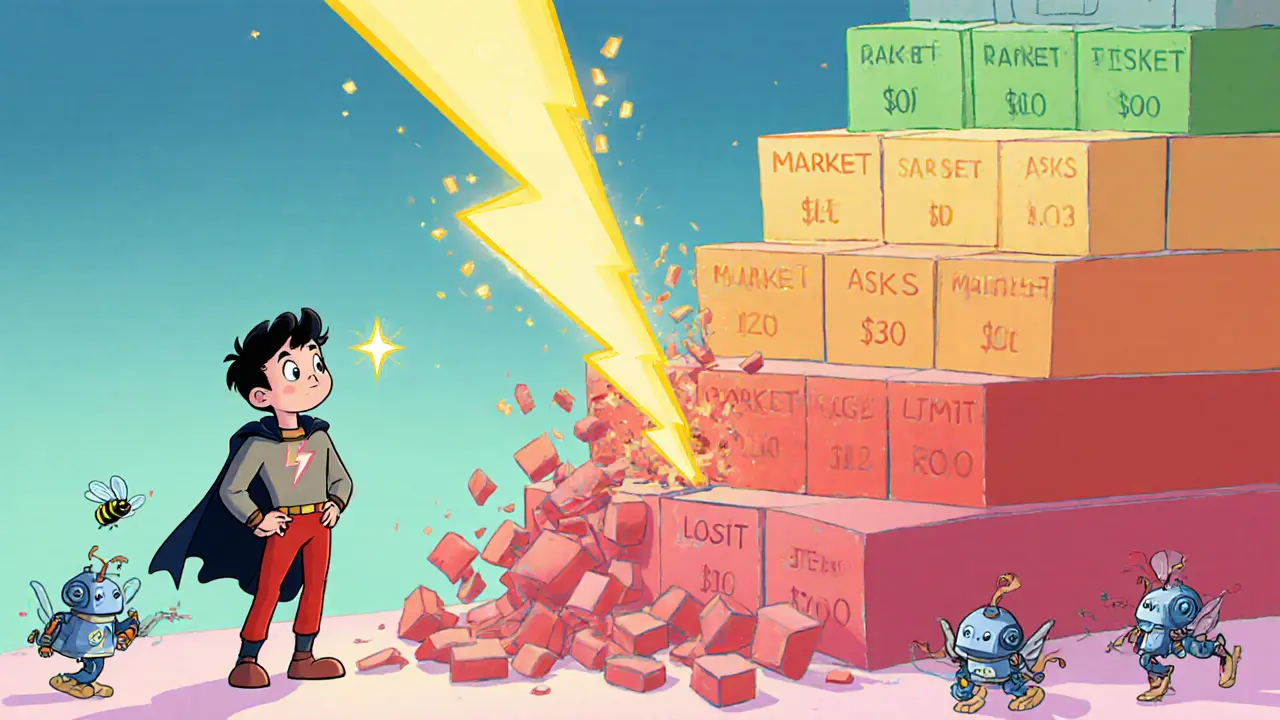
How Order Books Shape These Orders
The Order Book displays all outstanding limit orders, sorted by price and time priority is the living ledger that matches market and limit orders. The top of the book shows the best bid (highest buy) and best ask (lowest sell). When you send a market order, the system sweeps the best offers until the order’s quantity is satisfied. If the quantity exceeds the depth at the best price, the execution “walks down” the book, potentially widening the effective spread and causing slippage.
Conversely, a newly placed limit order creates a new price level (or joins an existing one) and waits for a counter‑party market order to hit it. Exchanges often reward makers with rebates because they help narrow the spread and improve price discovery.
Market Order vs Limit Order - Side‑by‑Side Comparison
| Aspect | Market Order | Limit Order |
|---|---|---|
| Execution Speed | Immediate (milliseconds) | Depends on price reaching limit |
| Price Control | None - accepts best available price | Exact price or better |
| Liquidity Role | Taker - consumes existing limit orders | Maker - adds depth to the book |
| Slippage Risk | High in volatile or thin markets | Low - price is predetermined |
| Typical Use Cases | Urgent exits, high‑volume assets, market‑on‑close trades | Targeted entries, profit‑taking levels, low‑liquidity stocks |
| Order Expiration | None - fills or fails instantly | Day, GTC, or custom time‑limit |
When to Choose Each Order Type
Use market orders when:
- You need to close a position instantly (e.g., stop‑loss triggered).
- The asset trades millions of shares daily and the bid‑ask spread is a few cents.
- You are trading during regular market hours, not after‑hours where gaps can be huge.
Use limit orders when:
- You have a clear price target based on technical analysis (support, resistance, or a specific profit level).
- The security is thinly traded, and you want to avoid paying a wide spread.
- You are willing to wait for the market to come to you, especially in illiquid crypto pairs.

Common Pitfalls and Pro Tips
Pitfall 1 - Ignoring slippage on market orders. In a fast‑moving rally, a market buy can fill several ticks above the last quote. Mitigate by checking recent volume and volatility; if they’re high, consider a limit order with a small price tolerance.
Pitfall 2 - Setting unrealistic limit prices. A buy limit far below the current market often never fills, tying up capital. Use recent swing lows or a percentage offset from the last trade.
Pro tip - Split large orders. Break a big position into several smaller market orders or a combo of market and limit orders. This reduces market impact and prevents moving the price against you.
Pro tip - Use “maker‑taker” rebates to your advantage. Some brokers offer lower fees for limit orders that sit on the book. If you trade frequently, structure a portion of your activity as maker orders to lower overall costs.
Advanced Hybrid Orders (Stop‑Limit, Market‑If‑Touched)
Retail platforms now offer orders that blend immediacy and price control. A Stop‑Limit Order becomes a limit order once a stop price is triggered lets you set a safety net (the stop) and still protect the price you receive (the limit). A Market‑If‑Touched (MIT) converts to a market order once a specified price level is reached is useful for entering a breakout without worrying about the exact price.
These hybrids still rely on the same order‑book mechanics: the stop condition watches the market, then the resulting market or limit component interacts with the book as described earlier.
Frequently Asked Questions
Frequently Asked Questions
Do market orders always fill at the displayed bid/ask price?
No. The displayed quote is the best price at that instant. If your order size exceeds the depth at that price, the execution will "walk the book" and fill at progressively worse prices, which creates slippage.
Can a limit order guarantee a fill?
Only if the market actually reaches your limit price. In fast‑moving markets, the price may skip over your level, leaving the order untouched.
What’s the difference between a maker and a taker fee?
Exchanges reward makers (limit orders that add liquidity) with lower fees or rebates, while takers (market orders that remove liquidity) pay a higher fee because they consume existing depth.
Should I use market orders in after‑hours trading?
After‑hours markets have far less liquidity, so market orders can experience huge gaps between the previous close and execution price. Limit orders are generally safer outside regular hours.
How do high‑frequency traders affect my market order?
HFT firms can react in microseconds, often moving the best bid or ask by the time your order reaches the exchange. This can widen the spread for large market orders, increasing slippage.
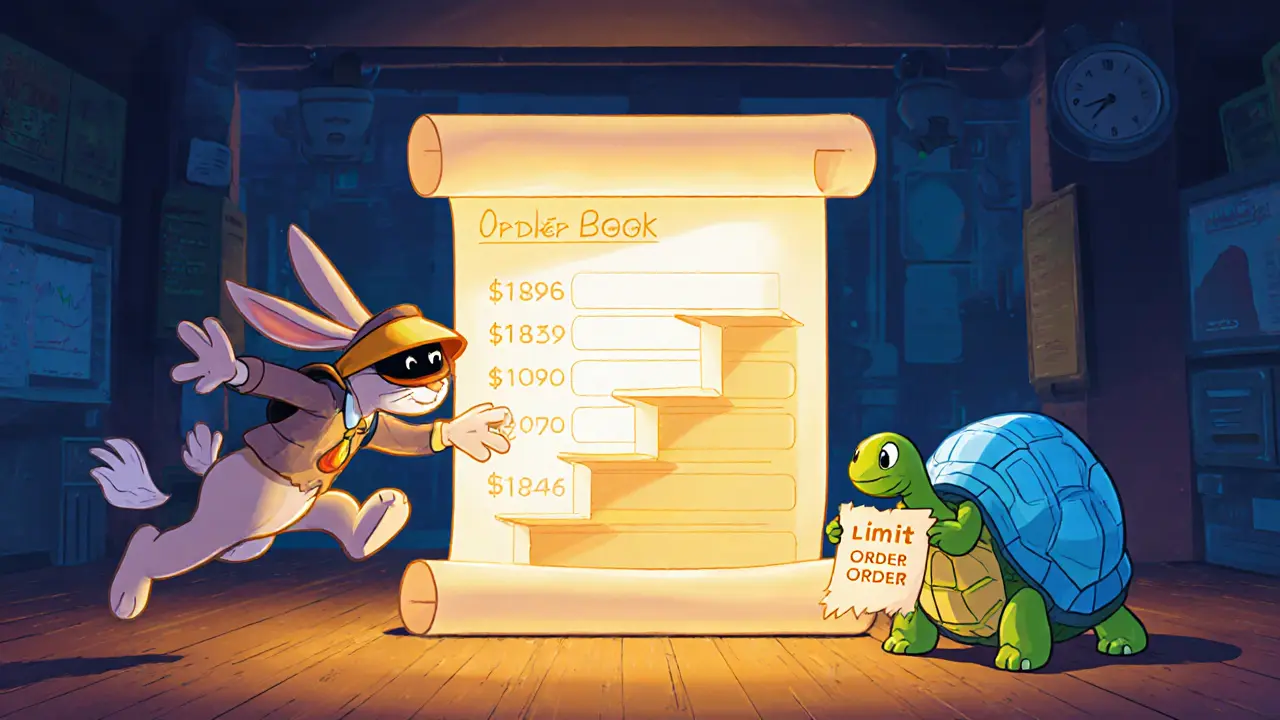
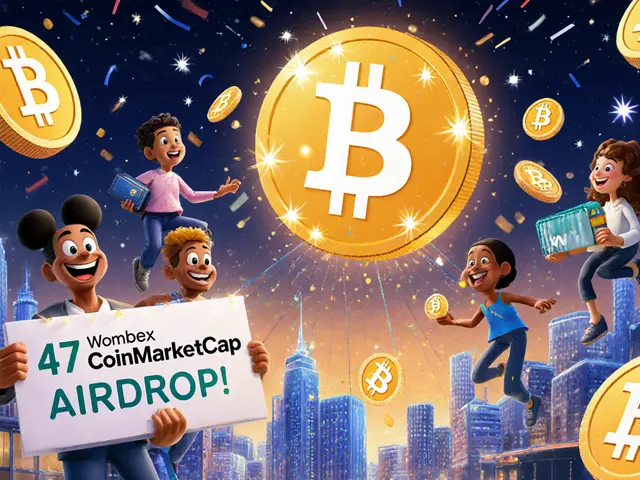
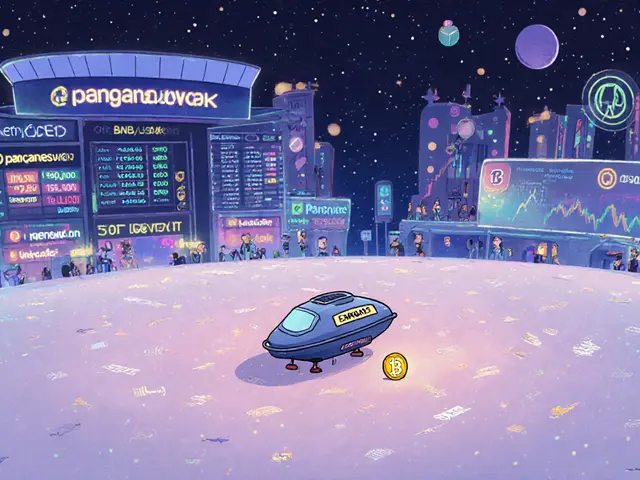
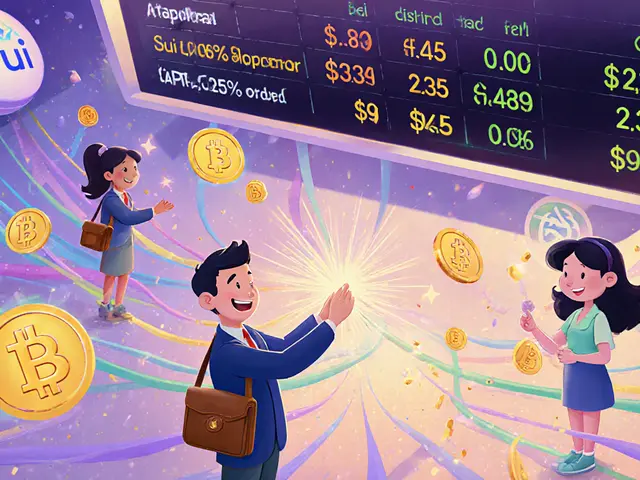


Kate O'Brien
They don't want you to know that market orders are just a tool for the elite to dump their positions on unsuspecting retail traders, and the whole thing is rigged.
Ricky Xibey
Market orders are super fast – you hit the exchange and you’re in.
Limit orders give you price control but you might sit forever.
Sal Sam
In the order book microstructure, a market order acts as an aggressive taker, consuming liquidity at the best ask or bid, whereas a limit order is a passive maker posting depth at a predetermined price level, subject to stochastic price discovery dynamics.
Moses Yeo
Ah, the age‑old dichotomy!; market vs. limit; a true philosophical conundrum, isn’t it?; one seeks immediacy, the other seeks certainty; both are but shadows of the grand market theatre!
Lara Decker
Limit orders look safe, but they’re just a false sense of security – the market will eat you if you’re not careful.
Anna Engel
Oh great, another tutorial explaining something we all learned in grade school – thank you for the groundbreaking insight.
manika nathaemploy
i totally get why the sim is confusing, it’s a lot to take in at once. just take it step by step and u’ll get the hang of it.
Mark Bosky
While the tutorial may cover familiar ground, it nonetheless provides a concise reference for the mechanics of market and limit orders, which can be valuable for newcomers and seasoned traders alike.
Debra Sears
Your breakdown hits the nail on the head – the speed of a market order versus the price control of a limit order is exactly what most traders weigh when deciding which to use.
Brian Lisk
When you step into the world of electronic trading, the first thing you encounter is the order book, a living ledger that records every bid and ask placed by market participants.
A market order is the most straightforward type of instruction you can give a broker: ‘Buy or sell right now at the best available price,’ and the engine will immediately match it against the opposite side of the book.
Because market orders consume existing liquidity, they are classified as taker orders, and they often incur the lowest explicit fees but may suffer from slippage if the depth at the top of the book is thin.
Slippage occurs when the price you expected to receive moves unfavorably between the moment you submit the order and the moment it is filled, which is especially common in fast‑moving or low‑liquidity markets.
In contrast, a limit order specifies the exact price (or better) at which you are willing to transact, effectively placing a standing offer into the book that other participants can hit.
Limit orders add liquidity to the market, so they are considered maker orders and frequently qualify for fee rebates, but they also carry the risk of never being executed if the market never reaches your price.
The decision between using a market or limit order therefore hinges on three primary considerations: the urgency of the trade, the tolerance for price deviation, and the prevailing market depth.
If you need to close a position quickly to prevent further loss, a market order is usually the safest bet, even if you end up paying a few basis points more than the quoted price.
Conversely, if you are entering a position with a clear target price and you can afford to wait, a limit order can lock in a more favorable entry point and reduce transaction costs.
Many trading platforms also offer hybrid options such as stop‑limit orders, which combine the urgency of a stop with the price control of a limit, adding another layer of complexity to order execution.
Understanding how the order book depth looks at any given moment-often visualized as a ladder of price levels and volumes-helps you gauge whether a market order will slip or whether a limit order stands a good chance of filling.
Professional traders frequently monitor the order flow in real time, using tools like level‑2 quotes and time‑and‑sales data to anticipate short‑term price movements and adjust their order strategy accordingly.
Retail traders, on the other hand, may benefit from setting modest limit orders slightly within the spread to increase the likelihood of execution without sacrificing too much price advantage.
Regardless of your experience level, it is essential to test your order strategy in a simulated environment before committing real capital, as the simulator in this post demonstrates.
In summary, market orders deliver speed and certainty of execution, while limit orders provide price precision and potential fee benefits; mastering both is a cornerstone of effective trading.
Richard Bocchinfuso
If you can't handle a little volatility, stay out of the market.
Melanie LeBlanc
Think of market orders as fire‑crackers-loud and instant-whereas limit orders are like planting a seed; they take patience but can grow into a sweet payoff.
Don Price
Everyone keeps preaching that limit orders are the holy grail for risk‑averse traders, but what they neglect is the hidden cost of opportunity loss; while you sit on a pending order, the market can surge past you, leaving you with regret.
Moreover, the notion that market orders are reckless is a myth propagated by a few self‑appointed gurus who thrive on fear.
In reality, a well‑timed market order can capture momentum that a timid limit order would miss.
The exchange fees structure also flips the script-maker rebates can be negligible compared to the spread you sacrifice waiting for a fill.
I’ve watched seasoned quants abandon limits altogether during high‑frequency bursts, and they consistently outperform those clinging to static price points.
So before you champion any side, remember that flexibility and context trump dogma every single time.
Jasmine Kate
OMG, reading this made my heart race-finally a place that gets my trading drama!